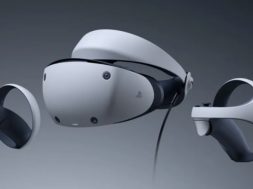AMD Ryzen 7000 X3D for CAD, viz and simulation
AMD’s new Ryzen processors with 3D V-Cache deliver a real performance boost in 3D games, but what do they offer AEC professionals? Greg Corke explores
AMD’s 3D V-Cache technology, built into select AMD Ryzen 7000 Series desktop processors, has been a huge success in the gaming sector over the past couple of years.
3D V-Cache allows for more L3 cache to be placed on the CPU by stacking it vertically instead of horizontally. The more cache a CPU has, the greater the chance of fetching the data it needs from cache instead of from slower system memory (RAM).
In some CPU-limited games, 3D V-Cache can lead to significantly better 3D performance. AMD has so much confidence in the technology it has even branded its 3D V-Cache Ryzen models ‘gaming processors’.
But are there any benefits for architects, engineers, or product designers, beyond those looking to get the edge in those after work sessions of Red Dead Redemption 2?
Before we get into answering that question, let’s have a look AMD’s 3D V-Cache Ryzen offerings.
AMD Ryzen 7000 X3D Series
AMD offers two different types of processors in its AMD Ryzen 7000 Series — those with 3D V-Cache (denoted by the X3D suffix) and those without (denoted by an X suffix or no suffix). The X3D models are slightly more expensive, but not by much.
There are three chips with 3D V-Cache — the 16-core Ryzen 9 7950X3D, 12-core Ryzen 9 7900X3D and 8-core Ryzen 7 7800X3D. All have 64 MB more L3 cache than their standard desktop counterparts but run at lower frequencies because they are harder to cool.










